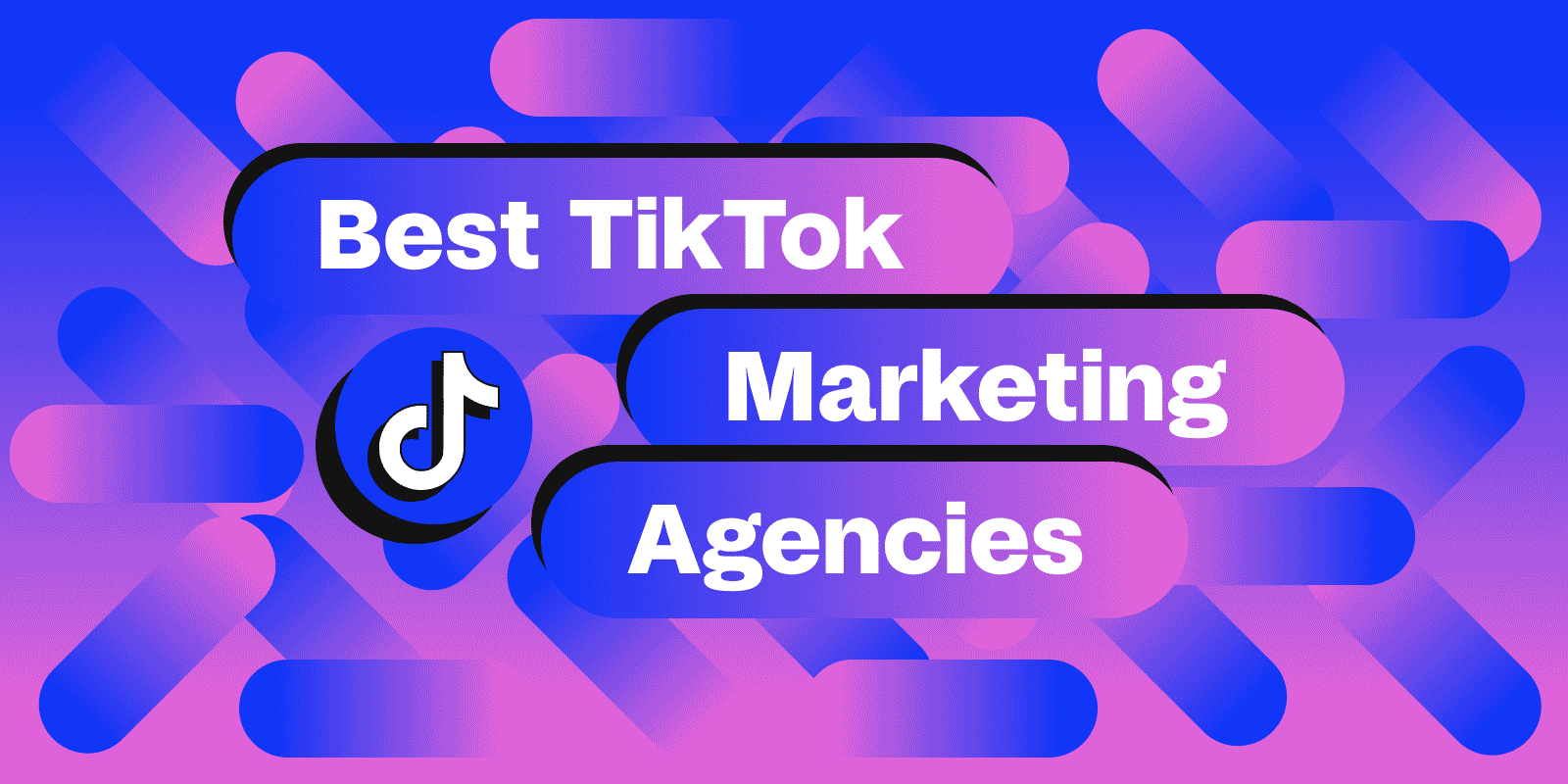We all know that YouTube is an invaluable platform for users and marketers alike. It boasts 5 billion videos watched and 1 billion hours of videos streamed daily. In fact, it’s the world’s third-largest search engine, only trailing behind Google + TikTok. On top of this, the YouTube engine receives more searches per month than Microsoft Bing, Yahoo, AOL, and Ask.com combined, a mere indication of the significant notoriety and impact YouTube continues to make on the search world. As TikTok continues to rise, we are witnessing a shift in the search engine climate — it has never been more clear that video content continues to be the cornerstone of the internet.
YouTube is evolving as a social media platform every day, and new features are rolling out frequently. In recent months, YouTube Shorts have become an essential piece of YouTube’s strategy, with their development presenting a vast amount of growth opportunities for creators and marketers alike.
With the development of short-form content on one of the world’s largest video platforms, paired with more advertising capabilities, the need for a values-based digital marketing strategy has never been more important for marketers looking to make a large impact through simple content.
What are YouTube Shorts?
According to YouTube, “Shorts is the spot to shoot, share, and binge short videos (think 60 seconds or less) on YouTube. It’s where you can go to start trends, try out a dance challenge, bring your hilarious ideas to life, and more.” As we know, this feature was created to fairly compete with TikTok, in the same way, that Instagram Reels were created.
Conceptually, these short-form videos all work similarly though this has not stopped each specific platform from monetizing and making them their own — as they all function slightly differently. Notably, YouTube Shorts serve their creators who want another avenue to interact with their subscribers, while also relying on their algorithm to serve the right content to the right viewer.
On top of this, YouTube is the only platform that’s implemented short-form, “TikTok” style content as a companion to their long-form video content — as opposed to TikTok and Instagram, two platforms actively working to expand their long-form content options.
Given YouTube already has a strong algorithm for recommending relevant content to users who watch videos, it makes sense their Shorts algorithm functions similarly. Notably, Shorts also offers convenient opportunities to creators that TikTok has not yet rolled out, including:
- A scheduling tool that allows creators to schedule the timing of their Shorts going live, allowing more flexibility and opportunity to plan posts at opportune times
- The option to select whether their videos are for kids or not. Or if they’d like to restrict their videos to viewers under 18.
- Creators can edit their posts after publishing.
- The option to “unlist” the Shorts, which means anyone can view it with a link to that video.
How YouTube Shorts Can Affect Your Business
Though Shorts are still in an early development phase compared to both its competitors, YouTube is actively working to make Shorts an asset for both creators and marketers alike. In fact, when announcing its 2022 plans, YouTube confirmed that a shopping experience will integrate with Shorts, making this a huge step forward for YouTube as a company.
In addition to this, YouTube also confirmed that they’re exploring additional monetization options, as it plans to test BrandConnect for Shorts creators and integration of the Super Chat feature (in which viewers can purchase visually distinct chat messages). With that said, monetization features on one of YouTube’s newest, and soon to be most essential, functions offer a significant opportunity for brands and marketers alike to take advantage and drive additional value via Shorts.
Knowing that marketers will soon have the opportunity to drive product sales via shorts, it has become evident that now more than ever marketers need to adopt a values-based marketing approach to fully connect with their consumers and build long-term relationships. Video is one of, if not the most, essential ways to connect with users and garner lifelong customers — as made evident by social platforms continuing to give preference to video or animation-based content over static imagery. With the continuous evolution of YouTube, it’s evident that marketers must continue to build meaningful relationships based on mission, morals, and overall values.
What is Value-Based Marketing?
So what is values-based marketing, and why has it become such a buzzword in the marketing realm? Simple: Values-based marketing is a marketing strategy that appeals to your customers’ values and ethics. The strategy focuses on making a genuine connection with the customer beyond interest in a product or service.
In 2022, it’s no longer a consideration, but a requirement that companies perform meaningful actions to align with their mission, whether it be cutting carbon emissions, reducing waste, donating a portion of their profits to a charity, or simply working to resonate with their viewers through value and impact.
Mission-driven, inclusive, and meaningful values are what resonate with customers, and ultimately play a role in the decision-making process throughout their purchasing journey. Notably, many Millennial and Gen Z consumers who make up a significant portion of online shoppers, say they’re willing to spend more money with businesses that align with their values than with those that don’t.
On top of this, 74% of buyers are more likely to buy something from a brand after reading a story about the positive impact they’re having on the world. In order to positively impact the buyer journey, marketers need to think critically about their messaging, its meaning, and how this contributes to societal or individual improvement.
The Current Problem With Video Ads
Currently, marketers have the ability to promote their products in a few different ways via YouTube, with video ads being the most popular and the most accessible to all, regardless of budget size. With that being said, an incredible amount of ads are run on the platform by the minute, and a lot of those ads are, for a lack of better words, not great. Without a sound content strategy, a lack of meaning, and forced view-time, these ads run the risk of hurting the promoted product’s credibility rather than promoting it. In fact, 67% of adults say that once a brand loses its trust, there’s no gaining it back.
To break that down, here are a few examples of brands actively losing consumer trust in real-time via video or commercial advertising:
1. Disingenuous Branded Content
Obvious, but the Kendall Jenner/Pepsi debacle couldn’t be more on the nose when it comes to a failed attempt to resonate with their audience. We all know this commercial missed the mark, and we all know why: It’s tone-deafness to current events, and the commercialization of incredibly serious, historical events in the US.
2. Product Falsification & Misleading Claims
Far more often, video ads reflect false claims and features of their actual product. Notably, this is an issue that’s plagued mobile gaming app advertising for years, as “These puzzles [in the ad] only actually appear as random and incredibly rare mini-games that make up less than 1% of the actual gameplay.” Given the amount of false advertising served to viewers paired with the platform’s inability to properly monitor this, user trust is easily diminished.
3. Longform, Unskippable Content
As YouTube has extended the runtime of non-skippable ads to up to 15 seconds, viewers’ impression of the brand can skew negatively depending on the content served. Popular forums including Reddit and Google are flooded with users questioning the number of ads, and often noting how annoying they are. There are plenty of ads that fall into this category, but it’s important to note that brands can actively deter interest simply by wasting the viewers’ time.
Create Content That Engages Your Audience
When done correctly, YouTube video placements offer a wealth of opportunity, as 70% of shoppers say they’re open to learning about products from brands they see on the platform, and video is the most preferred format among content viewers. On a similar note in terms of format, 67% of users say TikTok inspires them to shop, even when they weren’t planning to do so, and 73% report that they feel a deeper connection to companies they interact with on the platform.
Shorts are more direct and easily accessible to active users, as they appear on the homepage, and also have a dedicated section within the Youtube app. With that, it’s essential that creators and marketers work to create content that aligns with their audience, instead of directly marketing to them. With values-based marketing, there are a few steps to execute this effectively through short-form content:
1. Align with a Familiar Value System
Instinctively align with new customers by understanding the current brand demographic and the types of consumers that already positively engage with the brand. Though organic and paid means, inform viewers that the brand aligns with their existing values.
2. Take an authentic position
With the above point, make sure the position is authentic instead of capitalizing on a viewpoint that fits the audience’s beliefs for the sake of alignment. Highlight the brand’s authenticity and genuineness through its core values. In other words, put your money where your mouth is.
3. Create meaningful interactions
Meaningful interactions with customers are quintessential in 2022, and integrating this with a values-based marketing strategy is no different. Ensure the content and followed interactions build a sense of community through mission-based values.
4. Support for specific organizations and causes
With values-based marketing, actively supporting specific organizations and movements that align closely with the company’s mission is of the utmost importance.
5. Be Genuine
This is the most obvious, but it cannot be overstated! Marketers may not think so, but users can see through marketing claims and are likely to pick up on passion vs. profit. If your content is not genuine, it’ll likely have the opposite of the intended effect. Serving users UGC from existing customers has proven to be a successful strategy on YouTube that effectively builds consumer trust. Not only that, but it’s one of the best tactics for marketers to implement as we move closer to and closer to a cookieless future.
The Big Picture
Platforms as large as YouTube don’t often roll out new content format options, so when they do, it’s essential that marketers, brands, and creators take the proper steps to effectively reach their audiences through meaningful, engaging content.
Compared to its two main competitors, Shorts is still in its early phase of development and has a ton of room for growth, as reflected in YouTube’s confirmed plans for the remainder of the year. As consumers continue to prioritize brand mission, values, and actions throughout their decision-making journey, Shorts present a significant opportunity for brands to better connect with viewers through their values, and by doing so to further garner an engaged online community. With advertising capabilities growing by the day, and an environment to better support creator partnerships, the sky is the limit.






